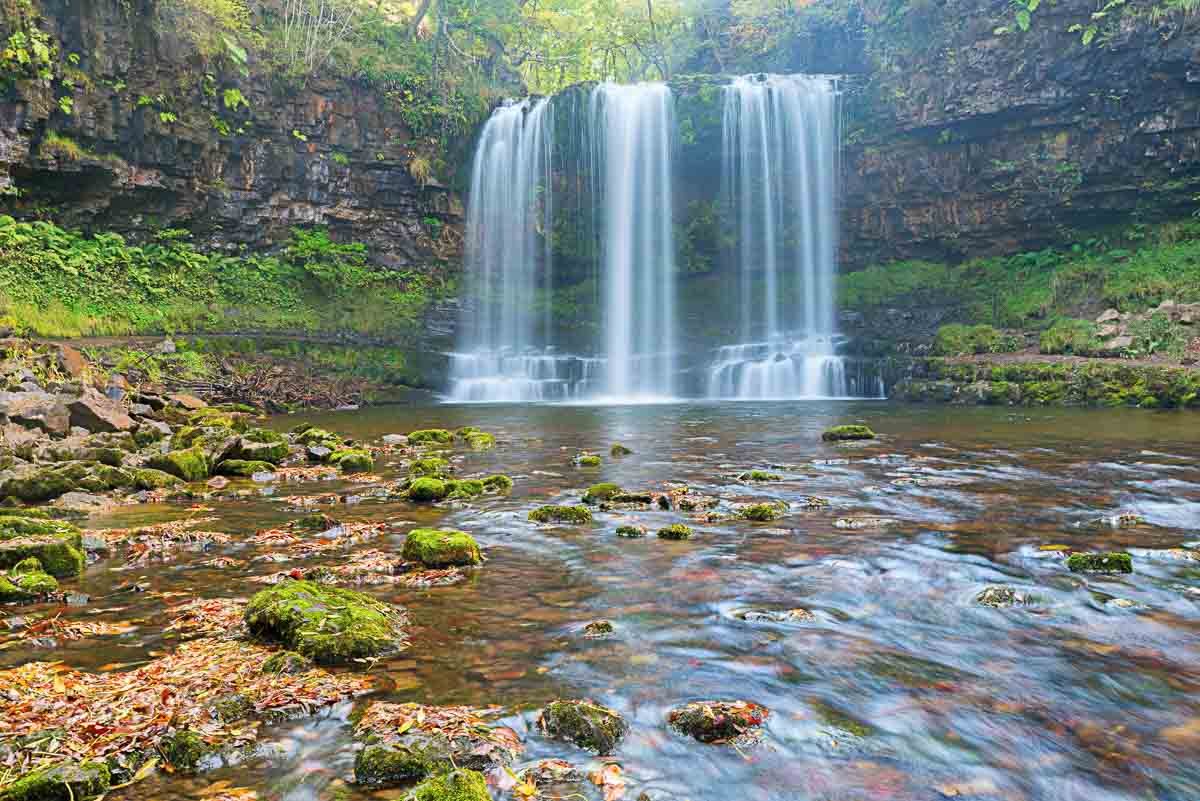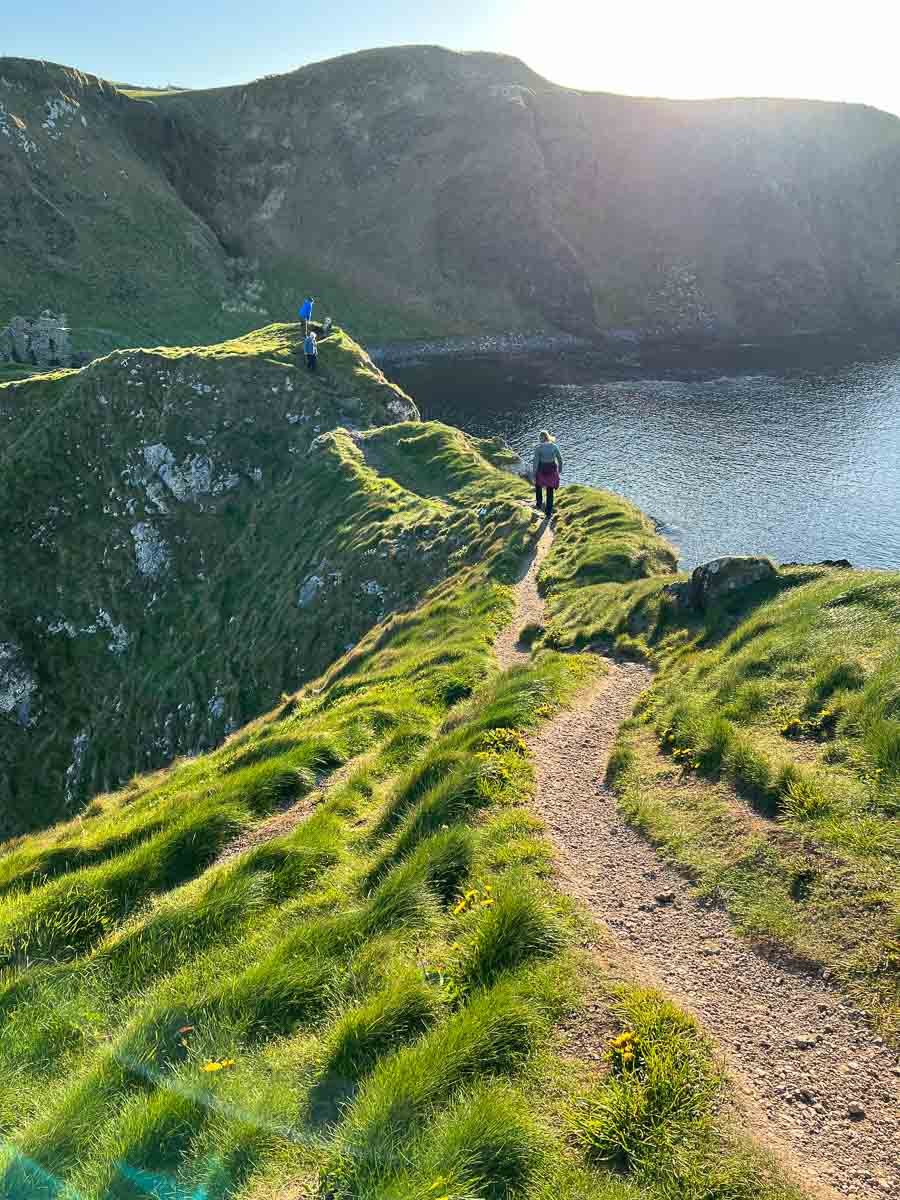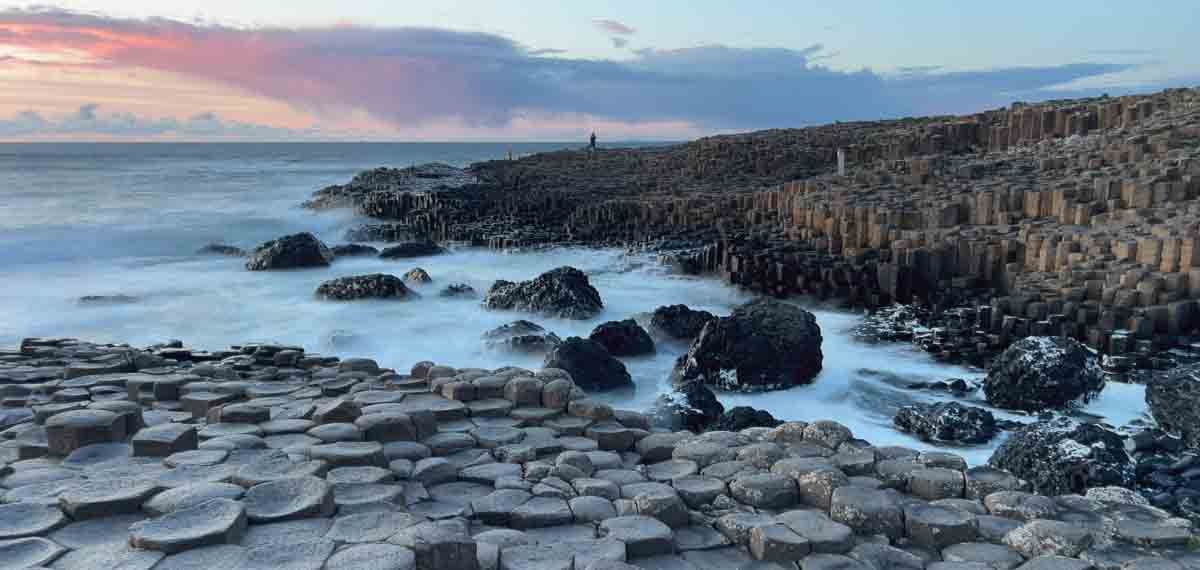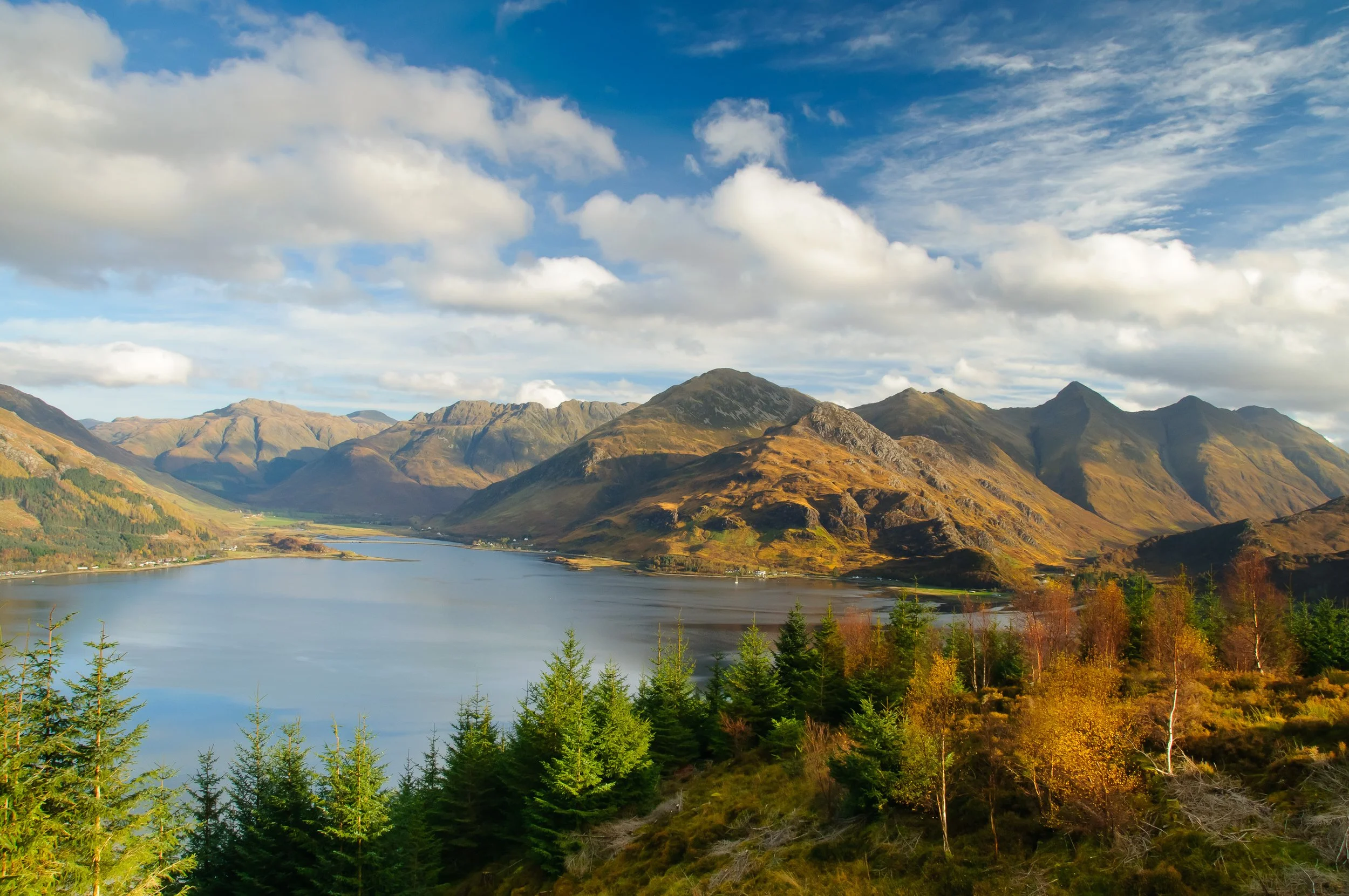




Walking Blogs & News: Adventures with Large Outdoors
Welcome to the Large Outdoors News & Blog, your go-to resource for everything related to outdoor adventures. From thrilling challenges and dark skies stargazing weekends to exciting updates and stunning trip galleries, our blog is packed with inspiration. Whether you're planning your next walking holiday or need expert advice on the right kit, you’ll find valuable insights, tips, and stories to help you make the most of your time outdoors.
Discover Our 2025/26 New Year’s Eve Walking Holidays
We’ve launched our 2025/26 New Year’s Eve Walking Holidays – five fully guided, sociable breaks across the UK, including our first ever trip to the Scottish Highlands.
The Benefits of Wild Swimming: Wellness, Cold Water Therapy, and Staying Safe
Discover the incredible wellness benefits of wild swimming, from stress reduction to cold water therapy. Learn how to stay safe, why swimming with a group is essential, and how guided trips with Large Outdoors make it easy for beginners and seasoned swimmers to explore stunning locations confidently.
How Walking Can Improve Mental Health
Walking outdoors offers more than fresh air – it’s a simple, powerful way to support better mental health. Here’s how walking with Large Outdoors can help.
What’s the Difference Between a Survival Bag and a Foil Blanket?
Planning your walking kit and not sure whether to carry a survival bag or foil blanket? We explain the difference, and when each option is the safer choice.
Take on a Challenge in 2025 with Large Outdoors!
As we head into 2025, why not set yourself a new challenge? A challenge doesn’t have to mean climbing the highest mountain or pushing your physical limits…
Gallery - Avebury & North Wessex Downs – April Walking Weekend
Spring sunshine, ancient landscapes, and sociable walks – our Avebury & North Wessex Downs weekend explored stone circles, canals, and countryside from a cosy base in Marlborough.
Join the Bone Cancer Trust for the 2025 Yorkshire Three Peaks
Join Large Outdoors and the Bone Cancer Research Trust for the 2025 #TeamBonesTrek challenge – a 25-mile guided walk across the Yorkshire Three Peaks.
Why I Always Carry a Knife When Wild Swimming
As a swim guide and diver, I always carry a knife when wild swimming. Here’s why it’s a vital part of my kit – and why I recommend you do the same.
Newsletter vs. Text Me When There’s Space! – What’s the Difference?
Wondering whether to sign up for our newsletter or join our new SMS list? Here’s a clear breakdown of what each does – and how to choose what works for you.
Celebrate the Summer Solstice with a Sunrise or Challenge Walk
Experience the Summer Solstice outdoors with a challenge walk. Join sunrise walks on Snowdon, Scafell Pike or Ben Nevis, or take on a full-day challenge like the Yorkshire Three Peaks.










